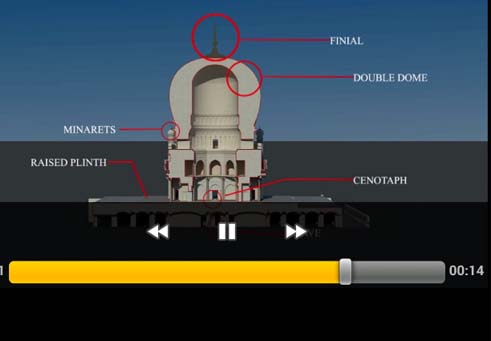
October 24 2017: Virtual Reality and Augmented Reality have both been around for a couple of years and have found applications in vertical markets like medicine, tourism and e-commerce. But they are also making a dramatic difference in an unlikely sector -- culture and history. This is on two fronts:
ONE: Many ancient monuments have been partially destroyed or in a state of disrepair. Records survive that tell us how they looked -- in their heyday. It is possible to recreate these monuments digitally to the state of their former glory.
TWO: Many destinations that form part of the cultural heritage of a nation are vast or present logistical challenges to some visitors. Technologies like AR & VR, 3-D and 360 degree camera are being successfully harnessed to create stunning walk-through imagery that allows student and tourist to explore such treasures from the comfort of their home. Many Indian states and the centre as well as global organisations like UNESCO are actively harnessing these technologies to preserv and celebrate the glorious heritage of nations for future generations in a manner that brick and mortar cannot.
Virtual Reality -- the computer simulation of 3-D imagery which immerses users and let them control it -- and Augmented Reality -- enhancing the physical world with simulated sound, video and graphics -- are the two dominant technologies in this arena today.
VR has hitherto required the use of special headsets, which usually have a fixture to attach a mobile phone in which the VR content resides. This has proved something of a cost barrier.
AR was easier but had its own challenges. Till recently, if you had to create an AR application for a phone, you needed additional sensors on the handset to track motion, estimate distances and establish the user's position. To do this the phone needed a 3-camera system, and an infrared laser guide -- like what you use on the TV remote. Asus recently came out with such a phone -- the Zenfone AR -- but the device was rather costly. But in recent weeks both Apple and Google have come out with developer kits called respectively ARKit and ARCore that will enable developers top create AR applications for phones without additional hardware requirements. The possibilities are endless, for users and for thousands of Indian developers for whom a whole new opportunity presents itself.
Innovative Indian developers have already harnessed AR to recreate very realistic walk through videos of historically and culturally important sites: